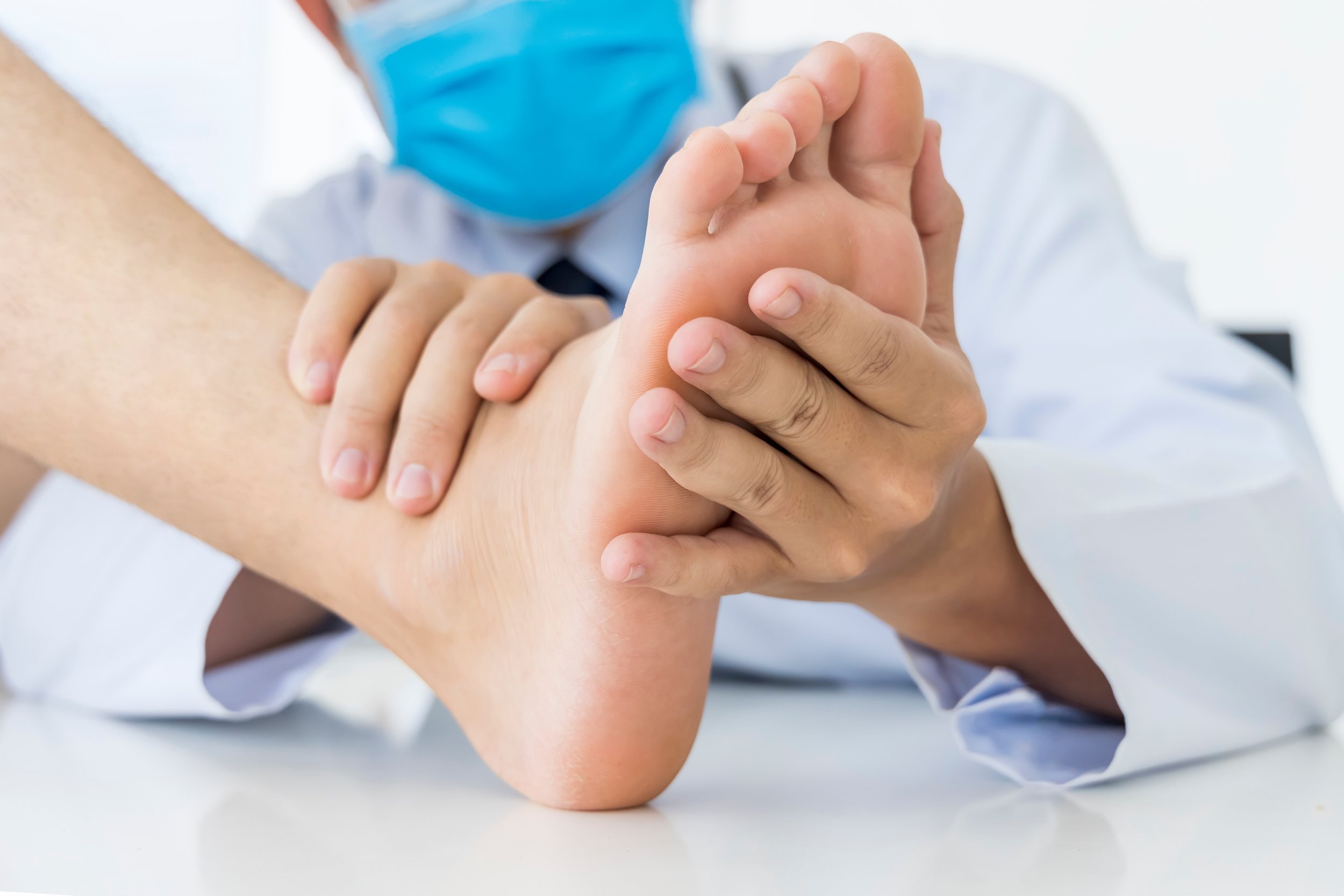Articles
Filter by Topic
- Adaptive Sport 1
- Artificial Intelligence 1
- Bike Labyrinth 3
- Bone density 1
- Brachial Plexus 1
- Bridging the Gap 1
- Bridging the Gap 1
- Carbonhand 4
- Cardiovascular 1
- Client Stories 4
- Cognition 1
- Company Updates 3
- Decision Making 1
- Dementia 1
- Denervation 21
- Diabetic Foot 12
- Efficiency 1
- Electrotherapy 27
- Exercise Benefits 28
- FES Cycling 12
- Functional Electrical Stimulation (FES) 55
- Gait 2
- Goal Setting 5
- Grip 3
- Healthspan 2
- Indego 13
- Lifestyle 8
- Lower Motor Neuron 1
- Mobility 17
- Motivation 2
- NMES 1
- Nerve injury 1
- NexStride 1
- Occupational Therapy 1
- Orthotic 15
- PRAFO 22
- Pain 5
- Parkinsons 2
- Pressure Ulcers 10
- Product Updates 7
- RISE Stimulator 9
- Safety 2
- Sponsor 1
- Standing 4
- Stim2Go 2
- Stimulette den2x 5
- Support 1
- TENS 1
- Technology 17
- Tek RMD 21
Article Length
- 1 minute read 3
- 10 minute read 9
- 11 minute read 7
- 12 minute read 7
- 15 minute read 6
- 18 minute read 1
- 19 minute read 1
- 2 minute read 4
- 26 minute read 1
- 27 minute read 1
- 28 minute read 1
- 3 minutes read 9
- 4 minute read 34
- 5 Minute read 12
- 6 minute read 6
- 7 minute read 13
- 8 minute read 6
- 9 minute read 3
- FES 2
- FoG 1
- PRAFO 1
- Seven Minute Read 1
- awareness 1
- carbonhand 2
- cognitive 1
- cues 1
- freezing gait 1
- freezing of gait 1
- gait 1
- neurological 1
- neuroplasticity 1
- nexstride 2
- occupational therapy 1
- occupational therapy day 1
- orthopaedics 1
- orthotic 1
- parkinson's 1
- pressure 1
- pressure relief 1
- prevention 1
- rehabilitation 2
- stroke 1
- ulcers 1
- world stroke day 1
Solve equinus contractures with an innovative orthotic device
Looking for a solution to equinus contractures? Our Dynamic Dorsi-Assist (DDA™) Ankle Foot Orthosis (654SKG) offers innovative orthotic care that is adjustable and personalized to your needs. Our orthotic devices provide immediate relief and support long-term rehabilitation. We also offer a pediatric version of the DDA™, the 554SKG, to extend our impact to patients of all ages.
An Innovative Orthotic Product for the Prevention and Treatment of Equinus Contracture
In this article, we have outlined the implications of equinus contracture, a condition that often affects stroke patients and can cause significant physical disability. We've addressed the limitations of commonly used orthotic solutions and introduced the 654SKG DDA Orthosis, a dynamic device designed to prevent and even reverse heel contractures.
This orthosis ensures tissue health and corrects biomechanics, making it a valuable tool for various clinical applications. The article also provides guidelines for its proper use and stresses the importance of consulting with healthcare professionals before starting to use any device for the treatment or prevention of equinus contracture.
Halt equinus contractures with the 654SKG DDA Orthosis
Contractures resulting in an equinus deformity are commonly seen in many patients in critical care, neurological, spinal cord injury and the vascular wards. Muscle imbalance across the structures of the foot and ankle can quickly result in a deformity. The foot is a complex dynamic structure that adapts to the loads placed on it; shaped by the nature of the muscles, ligamentous and bony structures. We must understand the particular risks presented by the features of each condition when thinking of a remedy. It should be obvious, for example, that tissue viability must be considered in each case alongside the biomechanics of deformity correction. The 654 DDA Orthosis is a simple to use dynamic orthosis that has been proven to be an effective solution to halt and even reverse this condition.
Spinal cord injury contracture correction
Contractures, or reduced joint mobility, are a common problem associated with spinal cord injury. Depending on the level of injury, we can often anticipate the muscle, tissues and joints at risk and ideally focus on prevention. From experience, prevention is always better than trying to manage these problems once a contracture is established. Research evidence is lacking when it comes to the effectiveness of passive stretching. Studies are few and usually focus on short durations of stretching. We suggest orthotic interventions have a place here - particularly when dynamic stretch can be used.




